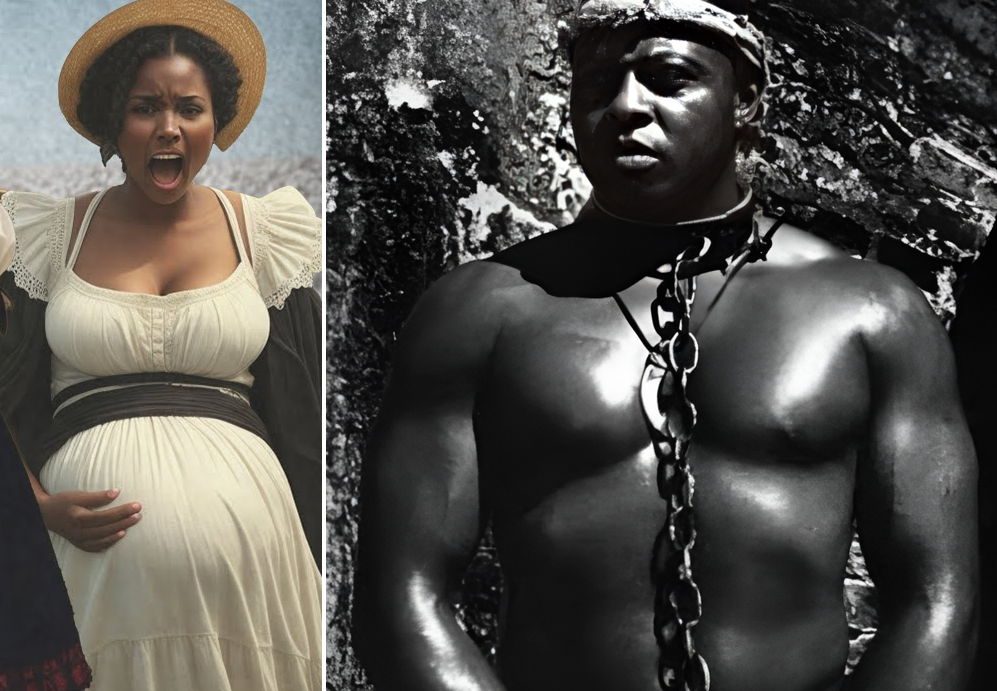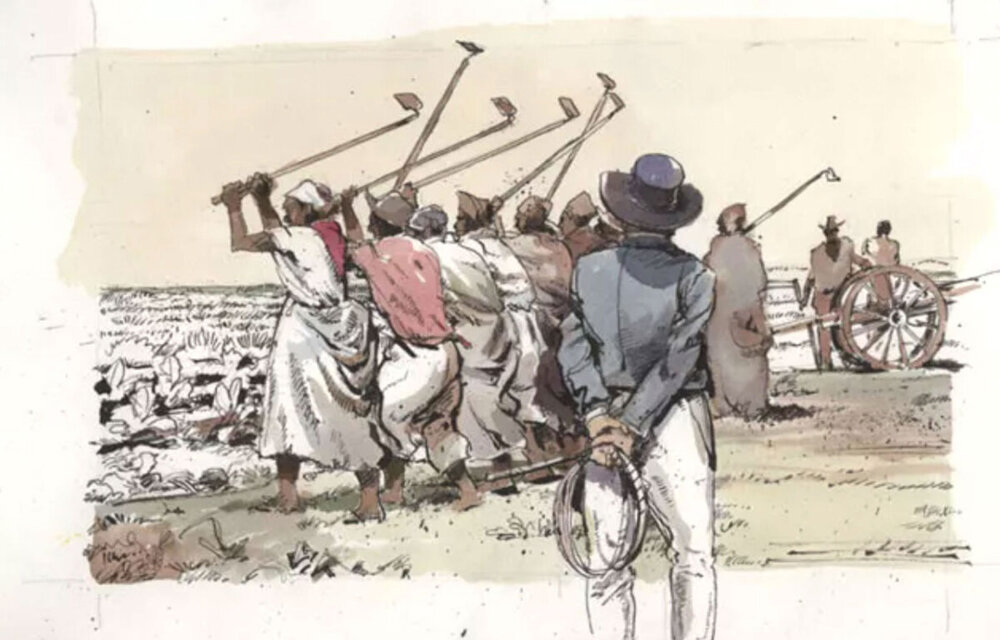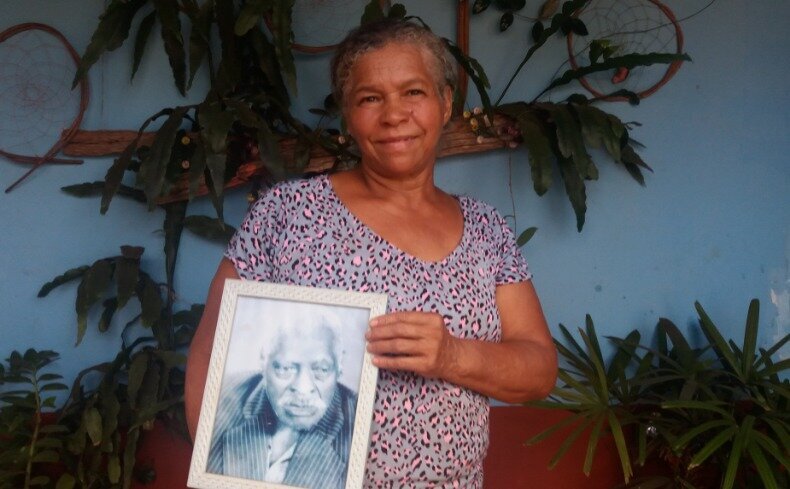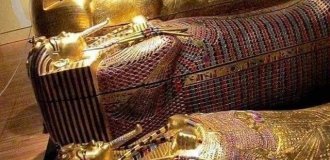Pata Seka - the most prolific "breeding slave" in the history of mankind, who was used exclusively for one purpose (5 photos)
Pata Seka was born in Angola in 1830 and is said to have been a very "strong and tall" man, standing 2.1 meters tall. As a young man, Pata Seca was sold to a Brazilian landowner, Joaquim José de Oliveira, and given the new name José Florencio. 
However, unlike other slaves, he was not exploited by his Brazilian master for physical labor, but as a “breeding slave.”
What did this mean?
Slavery in Brazil was a more global phenomenon than even in the United States 
When we think of the horrors of slavery, we always think of Europe and the United States, but for 350 years slavery was the mainstay of the economy of Brazil (then a colony of Portugal), which grew most heavily from the sale of slaves to Americans. About 40% of enslaved Africans bought in the United States were brought there from Brazil.
Even when Portugal recognized the independence of Brazil in 1825, no one was going to abolish slavery there. And although in 1850 the Brazilian government finally abolished the international slave trade in the country, the demand for black labor still remained high. If enslaved women did not bear enough children to replace the old and dying slaves, the Brazilian economy would collapse. The entire slave society would collapse.
Therefore, in order to maintain the slave population, enslaved Africans were forced to produce offspring. This slave breeding system operated like a factory. Enslaved Africans gave birth to even more children, who were eventually born into slaves.
For this purpose, special “breeding slaves” were created, who were used for breeding, like livestock. The strongest, toughest and tallest men were predominantly chosen as “breeding slaves”.
The most famous tribal slave was an African named Pata Seka 
Strong and with incredible muscles for that time, Pata Seca was more than two meters tall and, thanks to his excellent genetics, slave owner Joaquim José de Oliveira used him to produce slaves as strong and large as him.
Life as a slave to Pat Seki was unusually good. Every week he was carefully checked for diseases and fed a variety of healthy foods. He even received an education and helped his master with documents. However, periodically Pata Seka had to meet with carefully selected and healthy black slaves so that they could conceive a child from him.
The specific number of women with whom Pata Seke had to sleep, and the frequency of such meetings are shrouded in mystery for history. However, according to the assumptions and estimates of historians, this slave became the father of 249 children, who after their birth were automatically considered slaves. And the number of these children is indicated by historians only from registered documents. In reality there could be much more of them. 
Most of the children were sold by their owner, Joaquim José de Oliveira, to other landowners for profit, while others were forced to work on his own plantations when they grew up.
According to relatives of Pat Seki's family, he actually fathered (at least) 249 children by several dozen slaves, making him the direct ancestor of approximately 30% of the entire black population of the city of San Carlos living there in the 20th century.
Pata Seca became a free man only after the abolition of slavery in Brazil in 1888.
Because Pata Seka had served his master well, including producing a significant number of offspring for him, he was given special privileges. And after the abolition of slavery, Pata Seca even received a free piece of land and a house from his owner Joaquim Jose de Oliveira, who at that time had already become one of the richest people in Brazil.
On land given to him by his former owner, Pata Seka devoted the rest of his days to building a new life for his loved ones. He connected his life with a woman named Palmyra (a former slave), whom he later married. Their marriage produced nine children. 
Taking on the role of a farmer, Pata Seca owned and operated his own farm, "Sítio Pata Seca". There he worked hard to produce and sell rapadura, a traditional Brazilian sweet made from unrefined cane sugar.
And although Pat's incomeThe necks were not excessively high; they were enough for him to live a comfortable life. He used the money he earned to provide for his entire large family, caring for their well-being and making his dreams of a bright future come true.





























